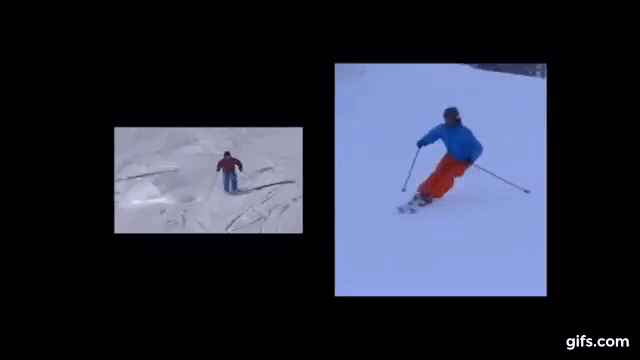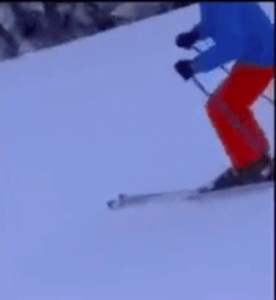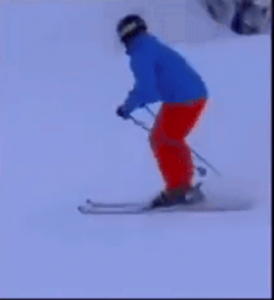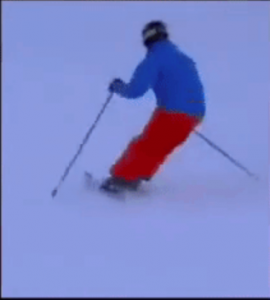- Joined
- May 4, 2017
- Posts
- 1,139
Small point - the orange pant guy is attempting CSIA L3. Does not say he is L3.
Says L3 candidate, so fairly safe to assume it's a short radius turns - one of the 4 tasks required for CSIA L3. Typically done on a groomed, black run. (I hazard a guess the L4 would score well with that run.)
Interested in what drill or task you'd recommend if you had only 1 hour to improve the candidate's short turns. (In other words you're being assessed for CSIA L3 Teach.) Likely to have 2 or 3 other candidates with their own individual problems so unlikely to be able to do more than one main task or 2 simple ones.
Thanks for the info/update on CSIA
When I look at the level 4 what strikes me first is alignment. He is looking where he is going and his body aligns accordingly unlike the L3 candidate who is countering his upper body and uses inclination vs angulation which supports his heel pushes. Another issue is how the L4 initiates with an intentional softening then early shortening of the inside leg.
If I only have an hour...actually even if I had forever, I would start with the pole drag drill on mild terrain. In short radius turns and If done correctly, this drill will force the upper body to maintain alignment with direction of travel. With the upper body being managed by the dragging poles, he can focus on full leg rotation and how he needs to adjust his BOS to make this happen. As in all drills terrain choice is key. Slope should be relatively mild in order for patience to play a key role.
Next, I would focus on the intentional and active shortening of the inside leg to develop the edge angles via angulation vs inclination.
In the end, a good test for success would be to execute the rotary/carve wedge that JF demos in his vid.



